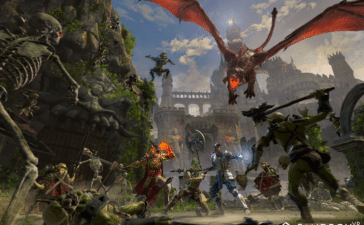A Geospatial Web Platform to Enhance In-Person Events? Absolutely, Says Fabric
Fabric aims to change how in-person events are held, through geospatial web. Starting with sports, the geospatial web and augmented reality platform Fabric can transform live events into an immersive, augmented reality-assisted experience to thrill sports fans.
Better Experiences With the Geospatial Web
The geospatial web is simply the use of geolocation technology within the greater realm of the Internet. For Fabric, it means syncing location, time, and content. By utilizing this technology along with immersive AR tools, spectators can elevate their experiences.

With geospatial technology, Fabric draws attention to an emerging trend in the experience economy in the sports industry. Using geospatial web technology, brands and sports teams can make in-person events more unique, social, and exciting.
While the concept of the geospatial web has already been around for some time, Fabric spent the past five years finding new ways to leverage this technology. The result is their main geospatial product, called “Space.” Space aims to prioritize human connections during in-person events as opposed to purely digital connections. It serves as a new medium of communication among fans, teams, and brands.
Fabric also offers a no-code platform that lets sports stakeholders, such as leagues and venues, display relevant content for any game or sporting experience.
Merging Sports and Augmented Reality for a Unique Experience
The company believes that sports are the top industry for live, in-person events; hence why they chose to start there. Fabric can facilitate peer-to-peer interactions within the same venue, plus help increase monetization and brand activation. They market Space as an “interactive jumbotron in every sports fan’s pocket.”

Space encourages sports spectators to disengage from artificial connections and seek real-time, location-based interactions with other people. And because it takes place at a single event, users know they already have a shared interest with other fans.
Within the app, AR assets called “Fabs” are powered by the geospatial web to encourage real-world interaction. These Fabs are designed to get people to interact more with each other in a unique and fun way, made possible by technology.
Enhancing Human Connections Through the Geospatial Web
Fabric is trying to bring back the experience of human connection, which is enhanced instead of hampered by technology. The company holds a different perspective than that of metaverse pioneers.
According to Fabric, the metaverse can offer unique, shared experiences via virtual reality. But ultimately, the user is, in fact, isolated from other people in the real world. The connection comes through VR via a headset. The “shared” experience is, in a way, manufactured artificially through VR technology.
This version of shared experiences provides advantages and disadvantages, as other technologies do. The metaverse can also open opportunities not available for other people and brands otherwise.

Meanwhile, Fabric offers an alternative way to experience life with digital technology. Fabric Spaces allow people within the same geographical location—in this case, a sports stadium or arena—to have meaningful, offline and online connections. Add to that the shared real-world experience of attending a sports event, and you have a potentially unforgettable encounter.
Growing the Social Fabric
Fabric began as an idea that founder and president Sarah Kass had while noticing societal issues brought about by connectivity. Together with co-founder and CEO Saul Garlick, they developed the geospatial web platform that became Fabric.
In an interview with Forbes magazine, Kass explained her reasoning for coming up with Fabric. She saw that mobile phones offer unprecedented connectivity but also distance people from others, so she sought to develop a product that could address this paradox.
“I began to frame the problem as ‘how do we grow the social fabric?’ What new infrastructure could propel the growth of social capital in the digital age? Or what new infrastructure would allow us to strengthen the social fabric in today’s time when we’re walking around with all these phones?” she stated in the interview.
As of press time, the Fabric team works with five professional sports teams and leagues. The goal is to provide fans with an elevated sports experience during games and other sporting events through the geospatial web and mixed reality.
A Geospatial Web Platform to Enhance In-Person Events? Absolutely, Says Fabric Read More »
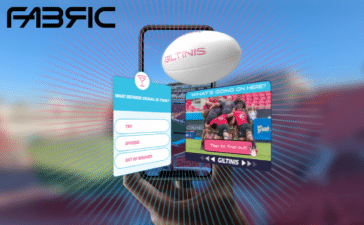
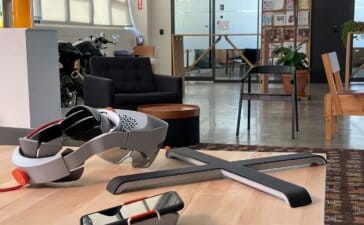






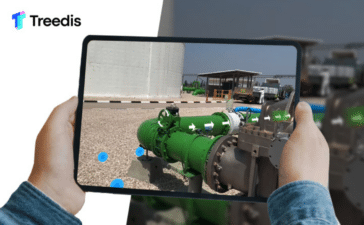


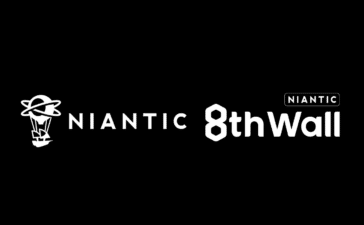






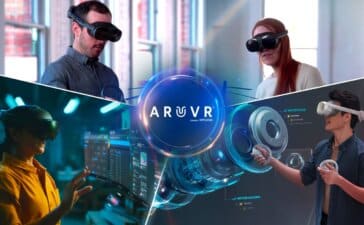
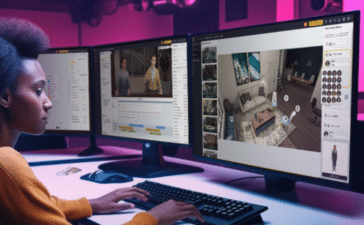










 Readers of ARPost might be principally interested in immersive technologies. Understanding the role that these technologies will play in larger shifts in the coming years requires an understanding of other technologies even though they may feel removed.
Readers of ARPost might be principally interested in immersive technologies. Understanding the role that these technologies will play in larger shifts in the coming years requires an understanding of other technologies even though they may feel removed.